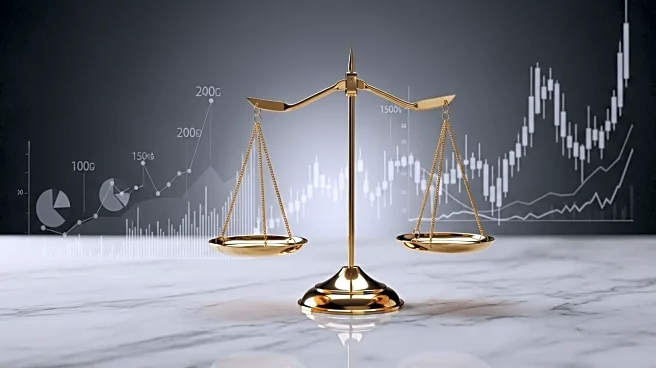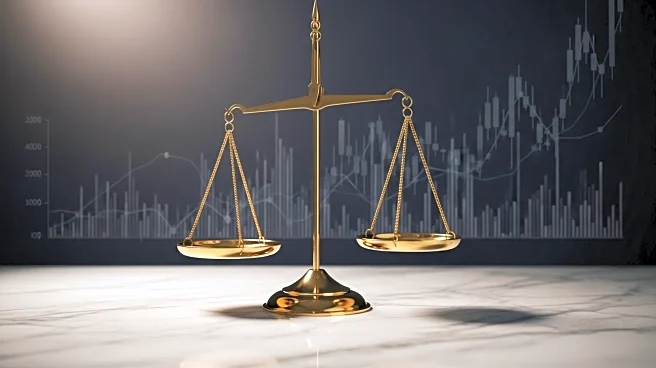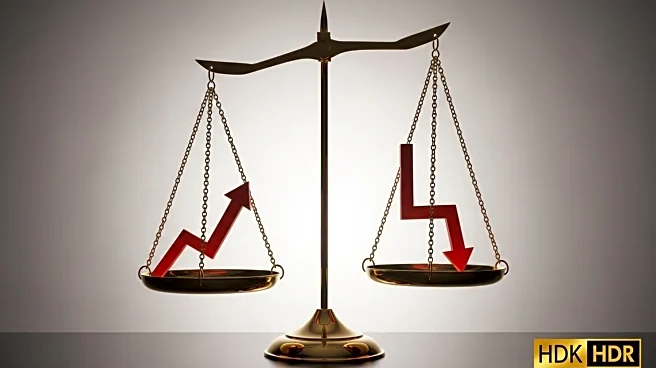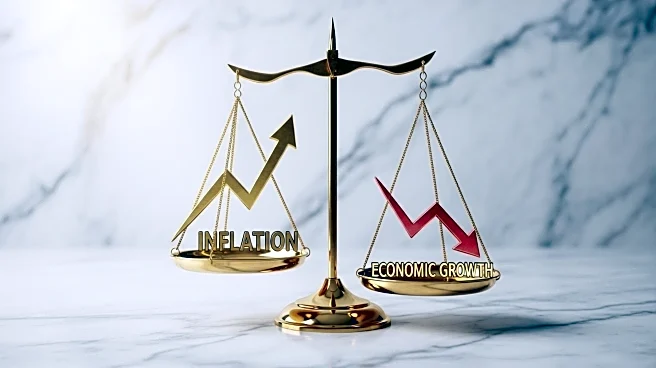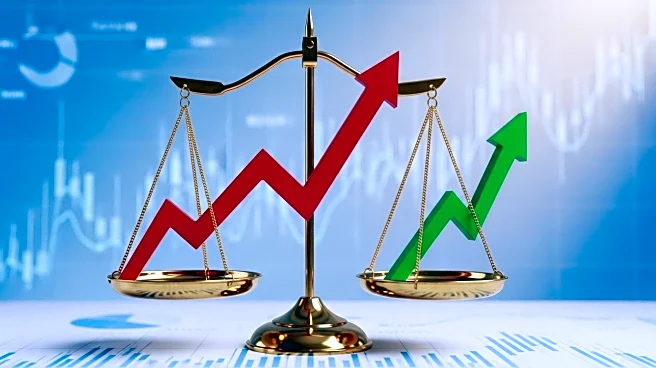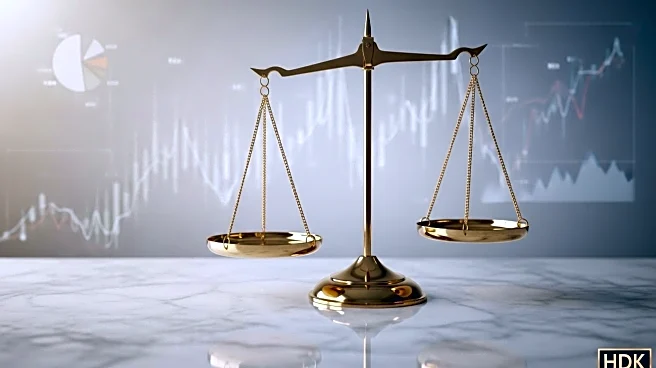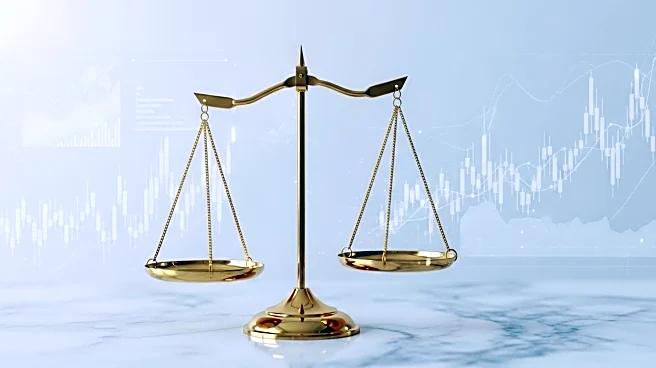What is the story about?
What's Happening?
The Federal Reserve has announced its first federal funds rate reduction of 2025, lowering the rate to 4.0%-to-4.25%. This decision follows previous meetings where rates remained unchanged, marking a shift in monetary policy. The reduction aims to address economic concerns, including inflation and employment, amidst ongoing trade policy uncertainties. The Fed noted that economic activity growth has moderated, with job gains slowing and inflation remaining elevated. The rate cut is intended to support maximum employment and achieve a 2% inflation rate over the long term.
Why It's Important?
The rate cut by the Federal Reserve is significant for U.S. economic stakeholders, as it affects borrowing costs and investment decisions. Lower rates can stimulate economic activity by reducing the cost of capital for businesses and consumers, potentially boosting retail sales and personal consumption. However, the impact may be limited in the short term, serving more as a signal for potential future cuts. The decision reflects the Fed's response to economic challenges, including trade uncertainties and inflation pressures, and its commitment to supporting economic stability.
What's Next?
The rate cut may lead to further monetary policy adjustments if economic conditions warrant additional stimulus. Businesses and investors will likely monitor the Fed's actions closely, considering the implications for capital costs and market dynamics. The freight and logistics sectors may experience changes in demand as borrowing costs influence inventory management and investment strategies. The Fed's future decisions will depend on economic indicators and the broader macroeconomic environment, potentially affecting interest rates and economic growth.
Beyond the Headlines
The rate cut raises broader questions about the effectiveness of monetary policy in addressing economic challenges. As the Fed navigates trade uncertainties and inflation, ethical considerations around economic inequality and access to capital may emerge. The cultural impact of monetary policy decisions could influence public perceptions of economic stability and government intervention, shaping long-term economic strategies and societal expectations.
AI Generated Content
Do you find this article useful?
